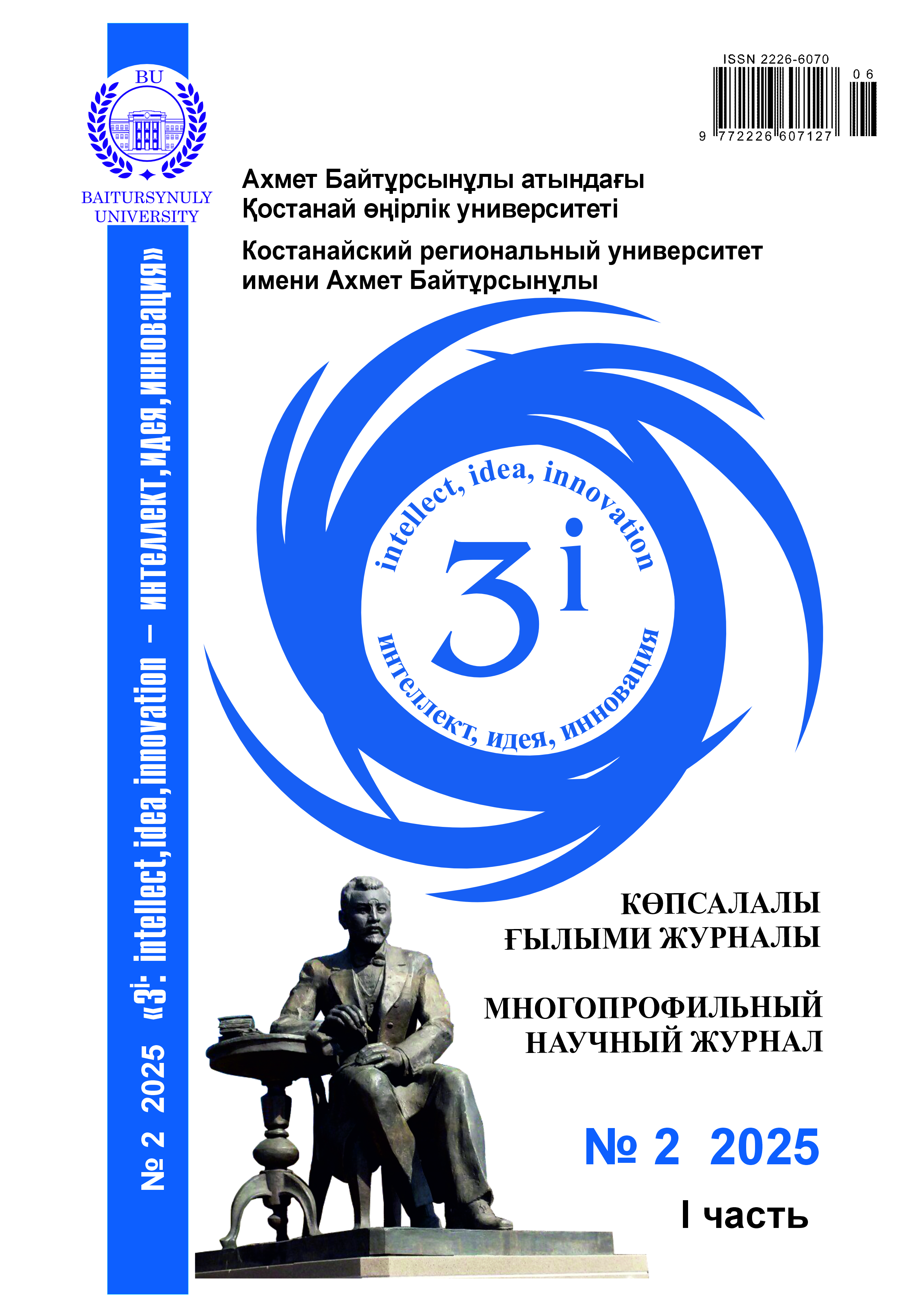RISK ANALYSIS OF CONTAMINATION OF ANIMAL PRODUCTS WITH ENTEROPATHOGENIC MICROORGANISMS IN THE KOSTANAY REGION
DOI:
https://doi.org/10.52269/RWEP252112Keywords:
foodborne toxicoinfection, enteropathogenic microorganisms, food safety, animal-derived products, S. enterica, S. aureus, E. ColiAbstract
Ensuring the safety of animal-derived food products is one of the priorities of the food industry and healthcare, especially in the Kostanay region, where agriculture and processing of livestock products are actively developing. Contamination of meat and dairy products with enteropathogenic microorganisms such as Salmonella enterica, Staphylococcus aureus and Escherichia coli poses a serious threat to public health.
The research purpose is to identify and analyze the degree of contamination of meat and dairy products with enteropathogenic bacteria, to determine the factors contributing to their spread.
During the research, bacteriological and biochemical methods of analysis were used. The research material was 413 samples of animal-derived products collected at retail outlets.
The main research results showed that 108 (26%) bacterial isolates were detected in 413 samples of livestock products: E. coli – 69 (63.8%), S. aureus – 36 (33.3%), S. enterica – 3 (2.77%). The greatest contamination was detected in poultry meat (27%), raw milk (21.2%), semi-finished products (19.4%) and dairy products (14.8%).
The research results indicate the need to comply with sanitary and hygienic standards, improve the conditions of storage and processing of products, and introduce additional control measures at all stages of the food chain.




